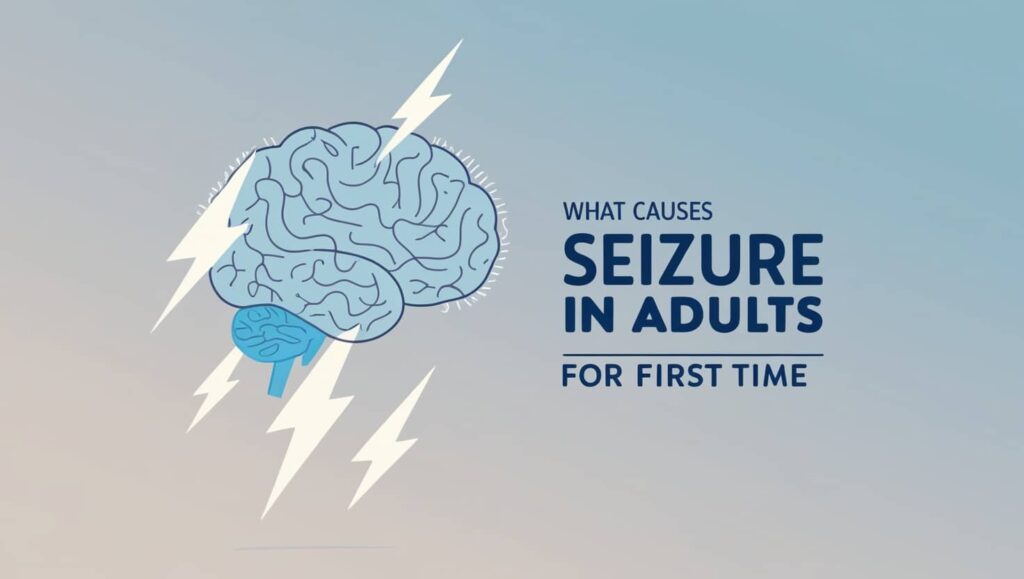What is Borderline Personality Disorder? Borderline Personality Disorder (BPD) is a complicated emotional and mental health condition that greatly affects a person’s ability to control their emotions. This loss of emotional control can adversely affect an individual’s self-confidence, connections with others, and behavior. Control the symptoms of BPD in females with the use of effective therapy.
Key Symptoms of BPD in Women
Women who suffer from borderline personality disorder may have doubt their self-image and severe mood swings that can last anywhere from a few hours to many days. Consequently, this emotional instability is usually accompanied by other symptoms such as:
- Their emotions toward others might fluctuate rapidly.
- They frequently have extreme points of view.
- They may behave rashly or impulsively, and their ideals and interests might shift rapidly.
Moreover, other symptoms of BPD in females may include:
- Attempts to prevent actual or perceived rejection, including jumping right into partnerships or breaking them up as soon as possible.
- A series of close and unreliable bonds with loved ones, friends, and family.
- An unstable and cracked sense of self or personal image.
- Reckless and self-harming behavior such as unsafe driving, or even recurring thoughts of suicide.
- Also, they frequently suffer from anger control problems.
Intensity, regularity, and length of symptoms of BPD in females have individual variation according to the medical condition.
Risk factors of BPD in females
Although the exact etiology of borderline personality disorder is unknown, research suggests that social, environmental, and genetic factors may raise one’s chance of having it. Factors that might be causing this disorder are:
- Family history: Certainly, Individuals may be more susceptible to BPD if they have a close relative (parent, sibling, etc.) who has the condition.
- The structure and function of the brain: According to research, structural and functional changes in the brain may occur in individuals with BPD, particularly in the regions responsible for impulse control and emotion regulation.
- Social, cultural, and environmental factors: Many individuals with borderline personality disorder remember going through difficult times as children, such as abuse, rejection, or trauma.
Managing BPD: Treatment Options and Coping Strategies
The primary line of treatment for symptoms of BPD in females is psychotherapy, frequently referred to as “talk therapy.”
The majority of psychotherapy takes place in one-on-one sessions with a certified, experienced mental health professional or in group settings with other people.
Women with borderline personality disorder may benefit from group sessions that educate them on how to communicate with others and successfully express themselves.
Psychotherapies for borderline personality disorder include the following two strategies:
Dialectical Behavior Therapy (DBT)
DBT use the ideas of awareness or being conscious of one’s current circumstances and emotional condition. Additionally, DBT teaches people how to manage strong emotions, lessen damaging behaviors, and enhance connections with others.
Cognitive Behavioral Therapy (CBT)
This treatment can assist individuals in recognizing and altering fundamental beliefs and behaviors that stem from inaccurate self- and other perceptions as well as issues with social interaction. Thus, people may have fewer mood swings, anxiety symptoms, and suicidal or self-harming behaviors as a result of it.
Read Also: Occupational Burnout | Background, Causes, and Symptoms
Reference
National Institute of Mental Health. (2024, April). Borderline Personality Disorder. Retrieved from National Institute of Mental Health website: https://www.nimh.nih.gov/health/topics/borderline-personality-disorder
Qian, X., Townsend, M. L., Tan, W. J., & Grenyer, B. F. S. (2022). Sex differences in borderline personality disorder: A scoping review. PLOS ONE, 17(12). https://doi.org/10.1371/journal.pone.0279015

Microbiology and Immunology Specialist | Scientific Writer
Lina Mahmoud Ahmed graduated from Cairo University’s Faculty of Veterinary Medicine with a B.Sc. in Veterinary Medical Sciences and a diploma in Microbiology and Immunology. With extensive knowledge and hands-on expertise, Lina is dedicated to delivering accurate and well-researched medical content that simplifies complex information for readers. She can be reached at [email protected].







